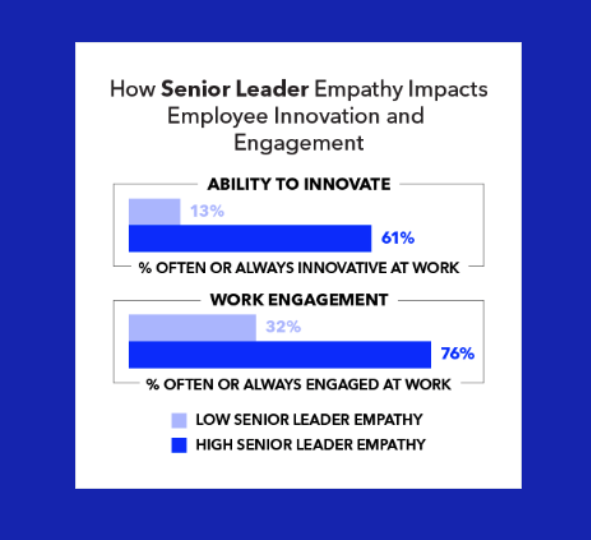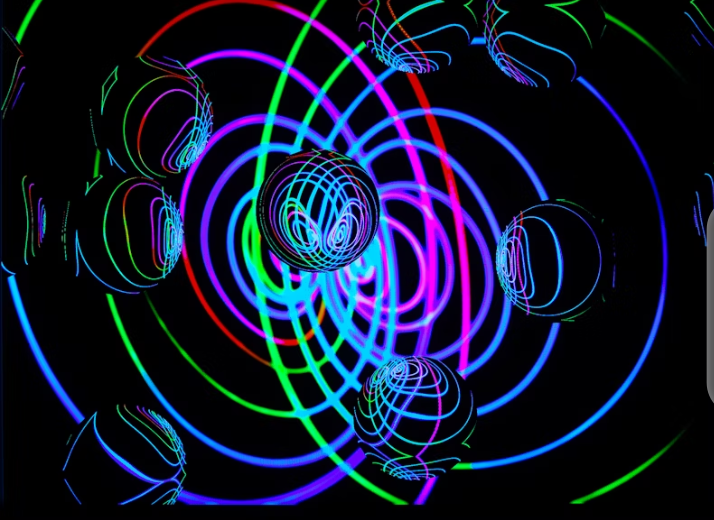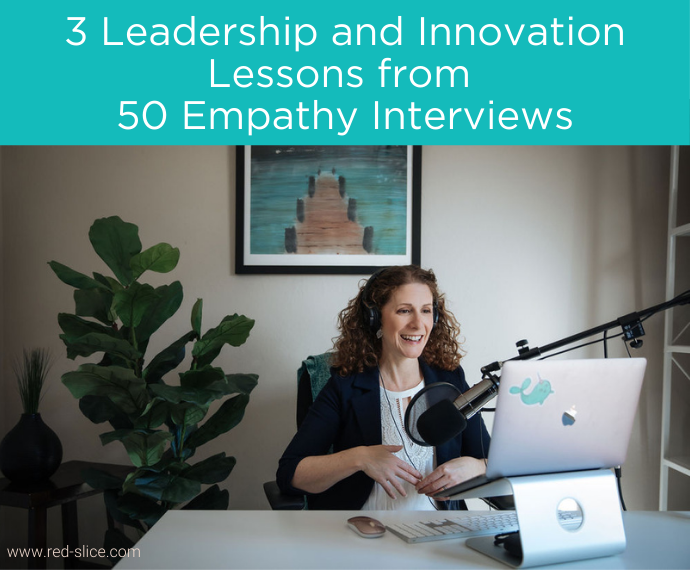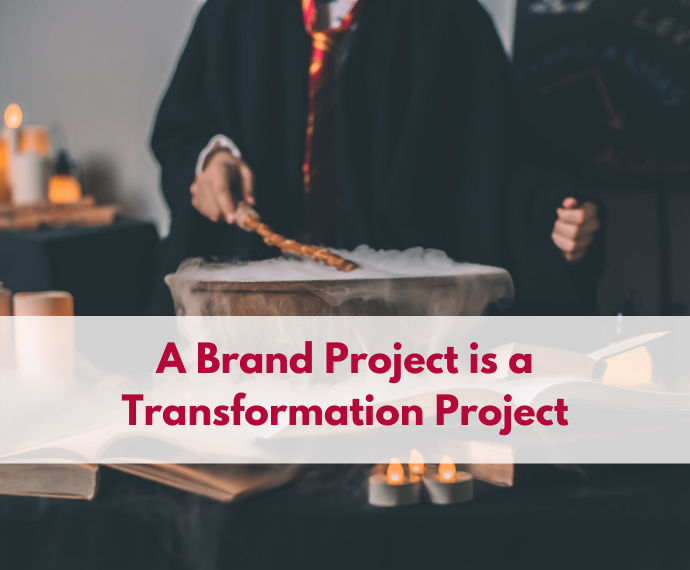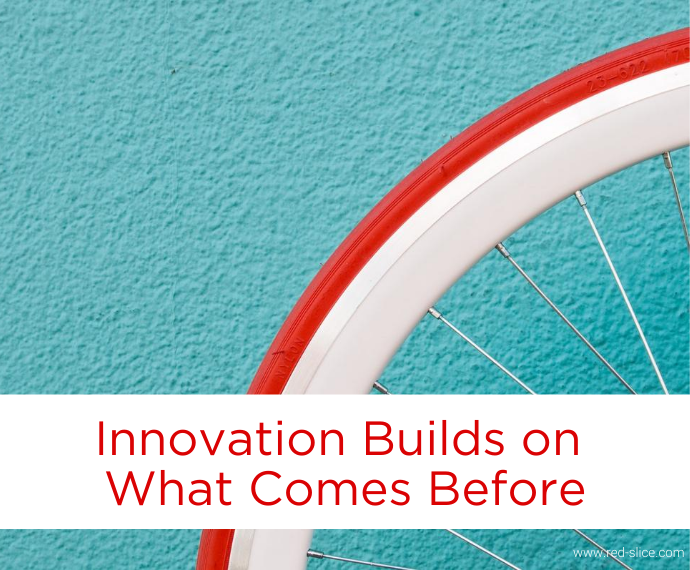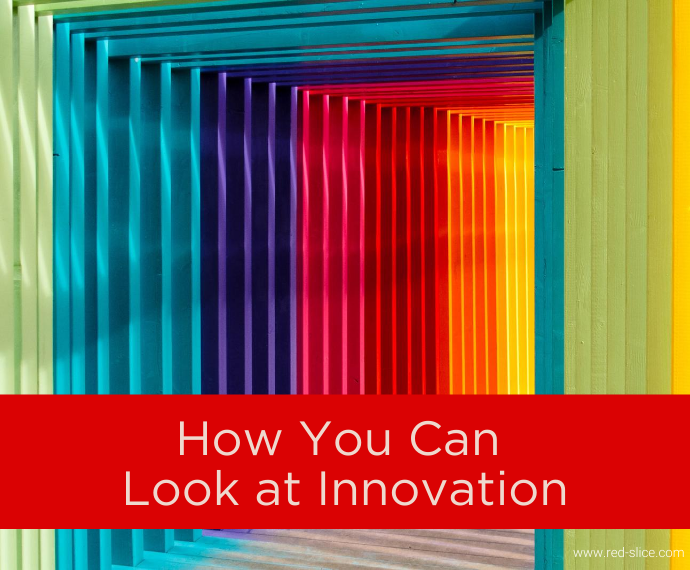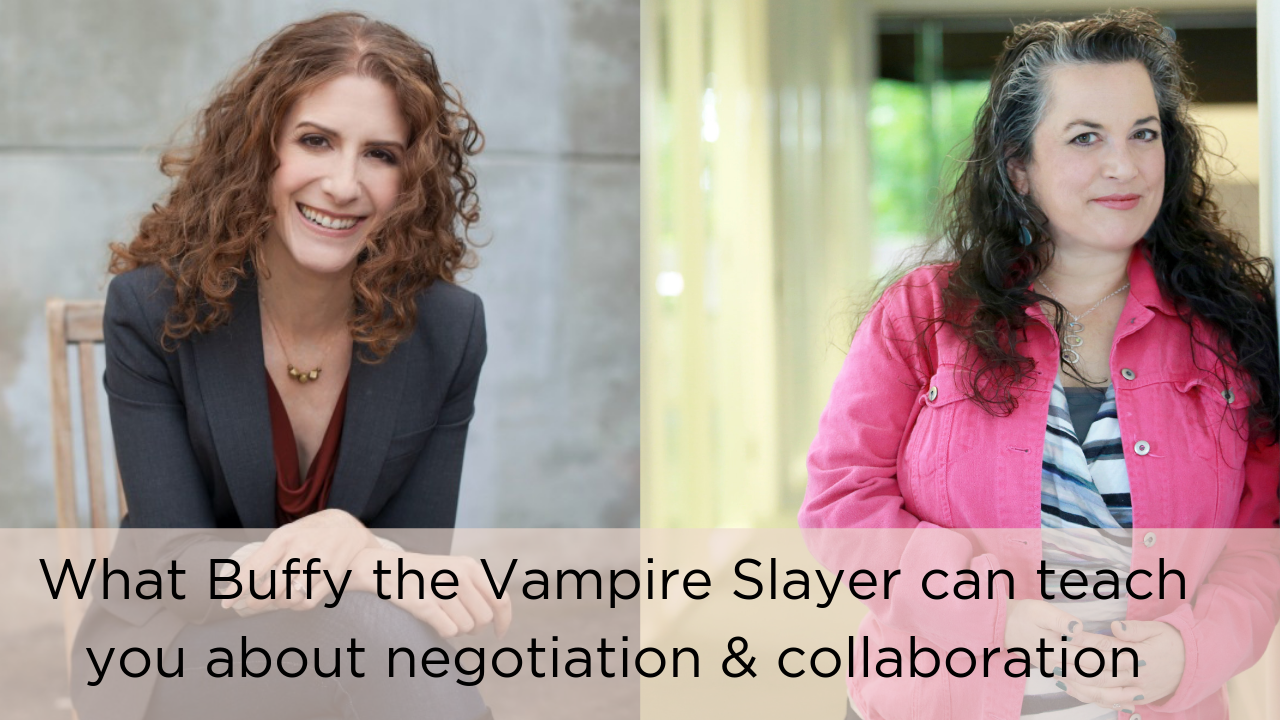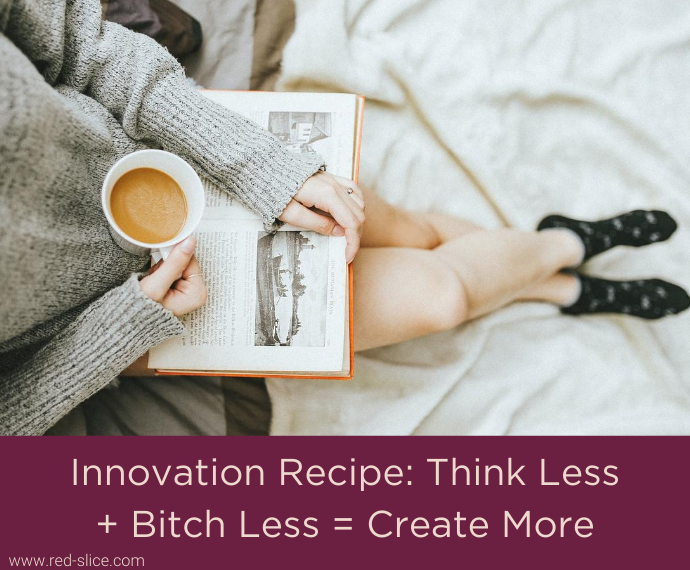Smart companies understand that innovation is required to compete in a rapidly changing market. Samudra Group is a dynamic ecosystem of communities called Trusts – of which I’m proud to be a part – that offer ideas, insight, and collaboration to encourage more purpose and innovation.
In a recent email to members, Samudra cited an important BCG study:
83% of Companies Rank Innovation as a Top-Three Priority, Yet Just 3% Are Ready to Deliver on Those Innovation Goals – BCG
A TOP 👏3 👏PRIORITY 👏!
Samudra commented in that member email that “A lack of innovation can stifle a company by making it less competitive in a rapidly changing market. Without new products, services, or processes, businesses risk falling behind rivals that are more adaptive to emerging trends and customer needs.”
Smart leaders know this And yet…..
A study by Catalyst showed that “61% of people with highly empathic senior leaders report often or always being innovative at work compared to only 13% of people with a less empathic senior leader.”
61% vs 13%. That’s a huge delta in lost innovation – and lost competitive advantage and revenue. All because leaders are not paying attention to creating an empathetic culture or investing in practices, rewards, or even professional development that includes strengthening empathy.
Look, we know that every company faces different challenges as to why they are unable to execute innovation goals. But creating a culture where innovation can thrive through empathy is something very much in their control – if they make it a priority,
The problem: We are not optimizing our human potential in non-empathetic workplaces.
Bottom line: Stressed brains don’t learn. When we operate in a stressful environment, one ruled by fear, exclusion, dictatorship, or anxiety, it impairs our cognitive functions including our ability to concentrate and remember information, according to Dr, Lorea Martinez, social-emotional learning coach and creator of The Heart in Mind model.
Her video is worth 5 minutes of your time. While she talks about this in the context of students under chronic stress, this is true for ALL humans at any age
The release of cortisol causes us to have trouble with memory, focus, and problem-solving,
Is it really a smart business move to create an environment where your “resources” operate at diminished capacity when you can actually do something about it? Especially if you claim innovation is a top 3 priority?!
Heed Dr. Martinez’ 3 tips on what to do in the classroom for stressed students and adapt it to your workplace of stressed employees,
Don’t just talk a big game on your innovation priorities, Create the environment that enables it to flourish and deliver big results.
Photo Credit: Catalyst


